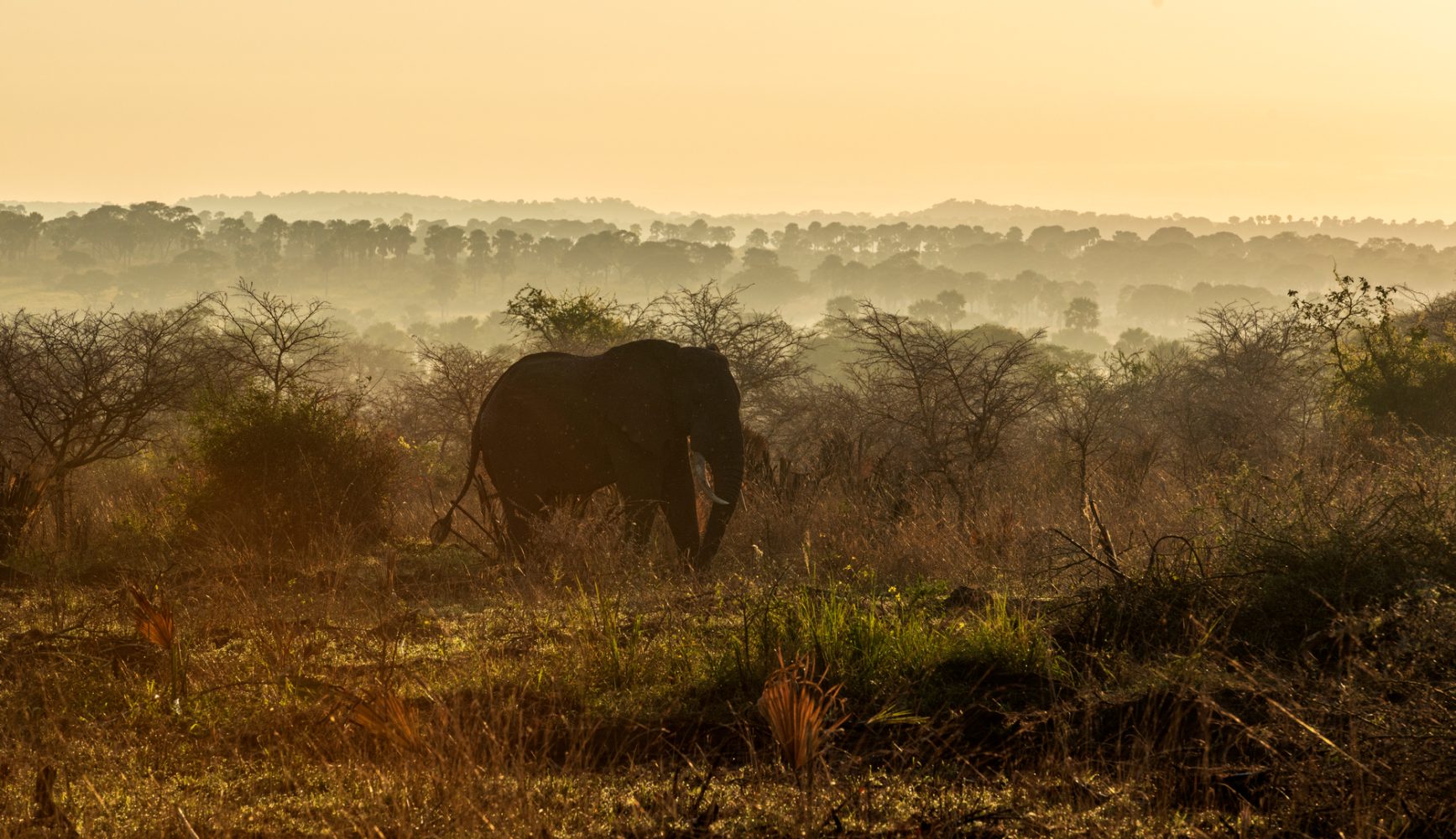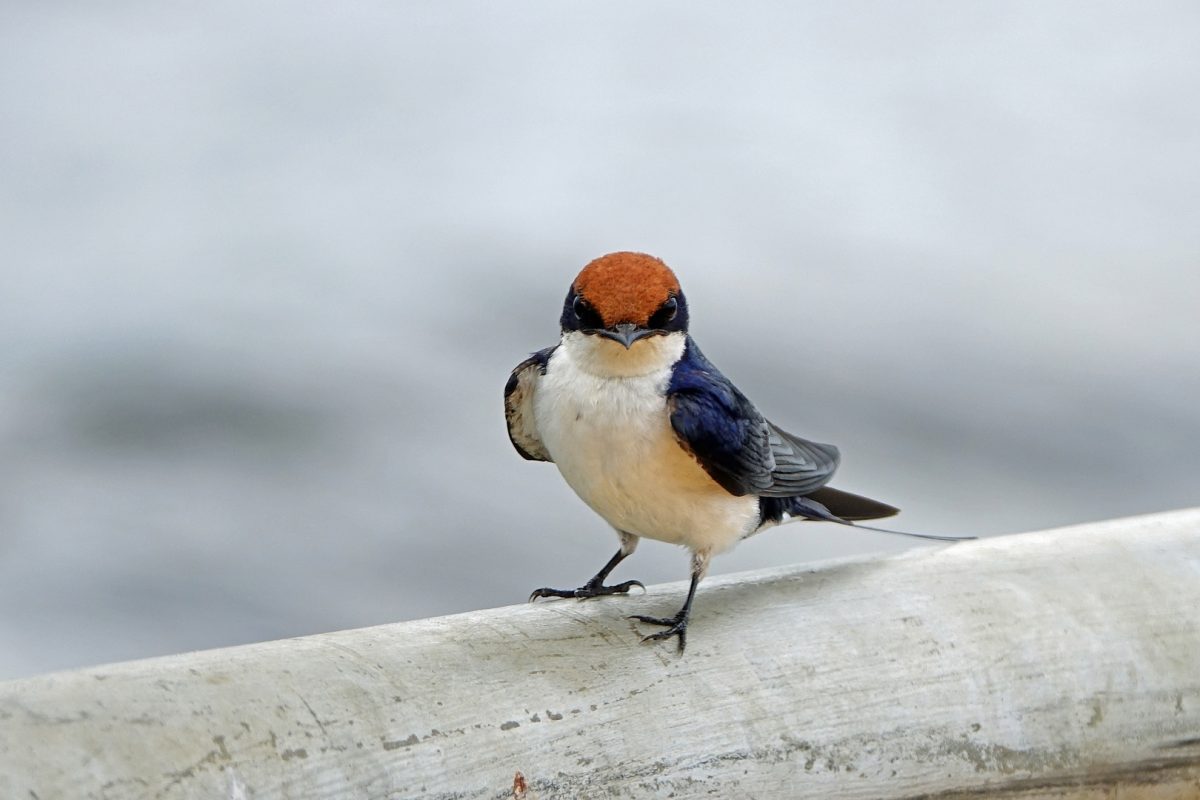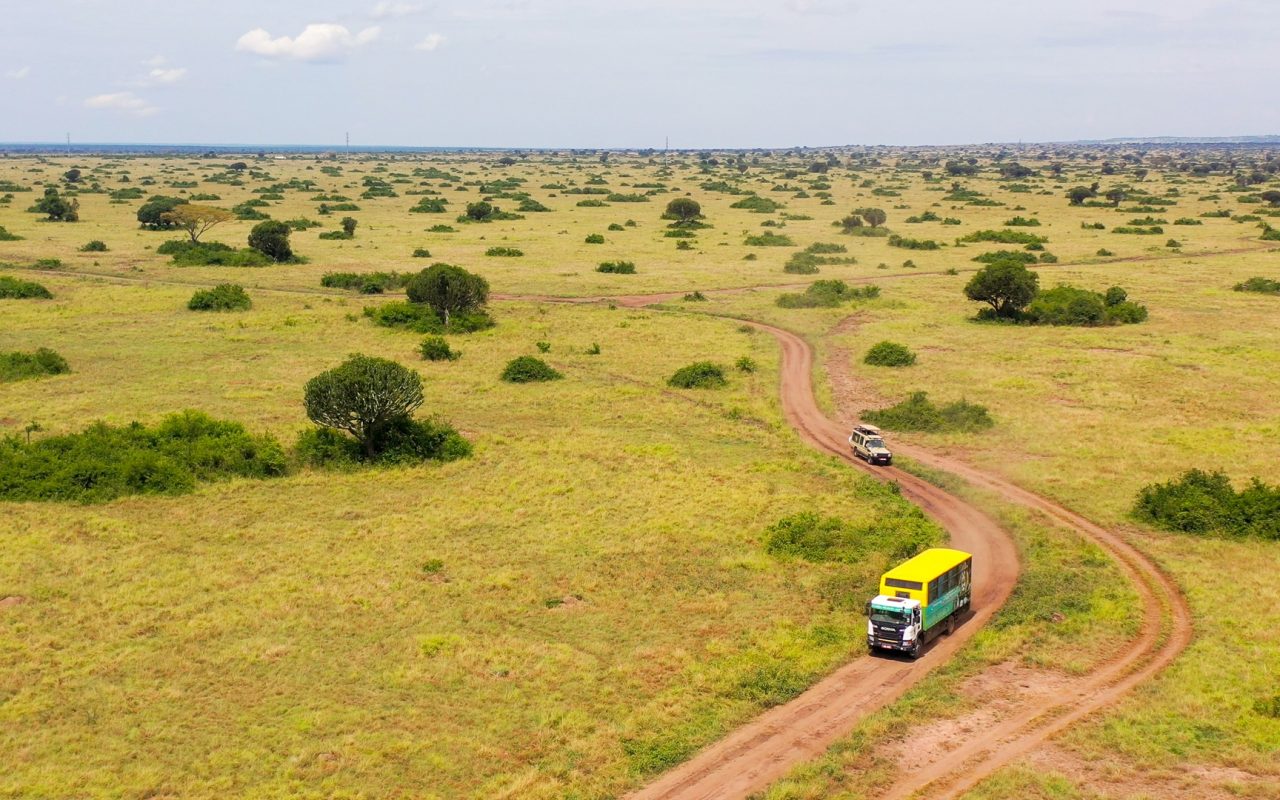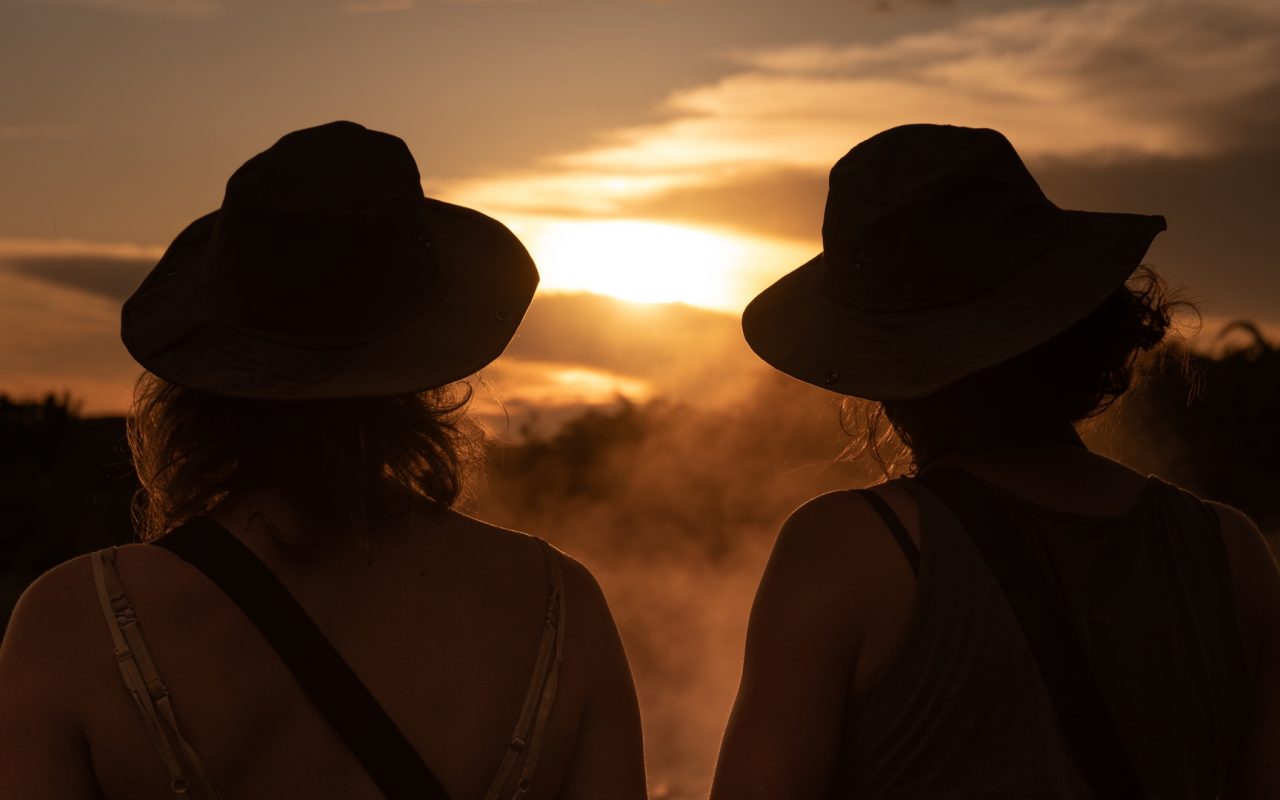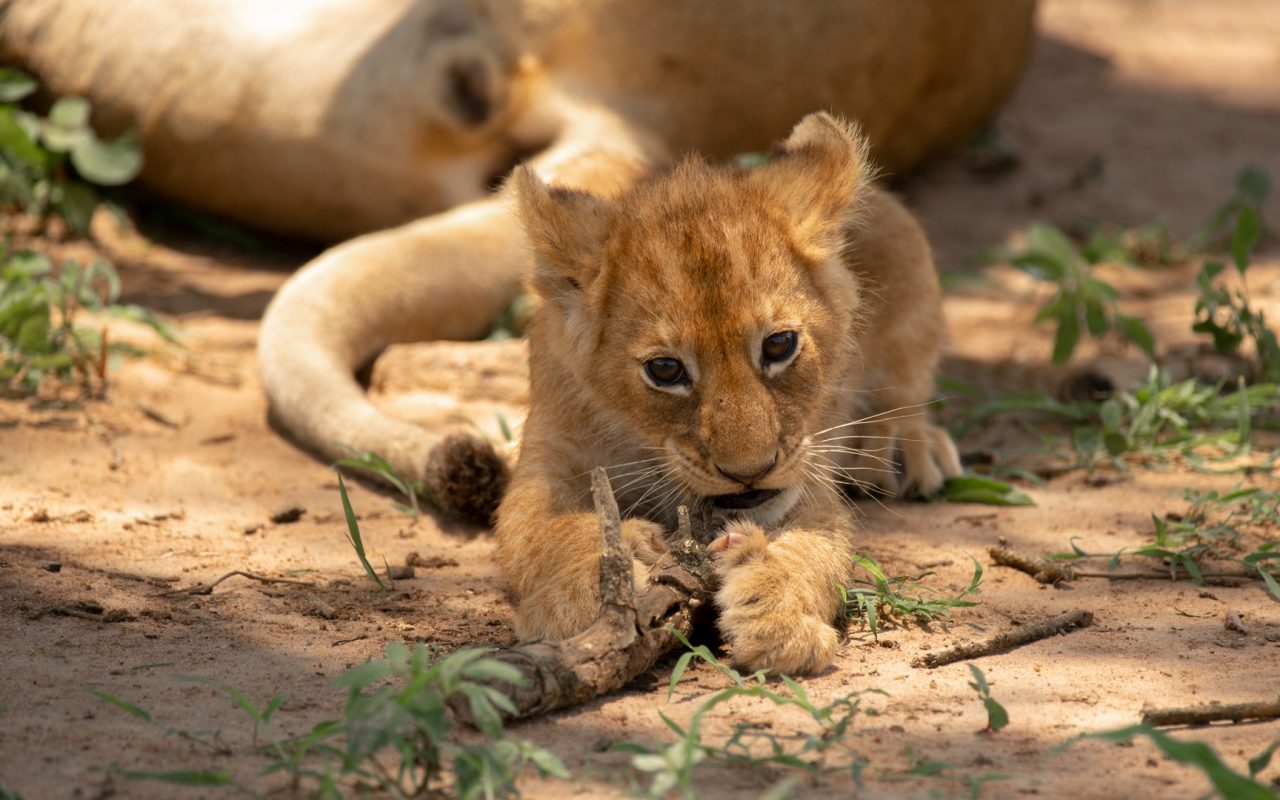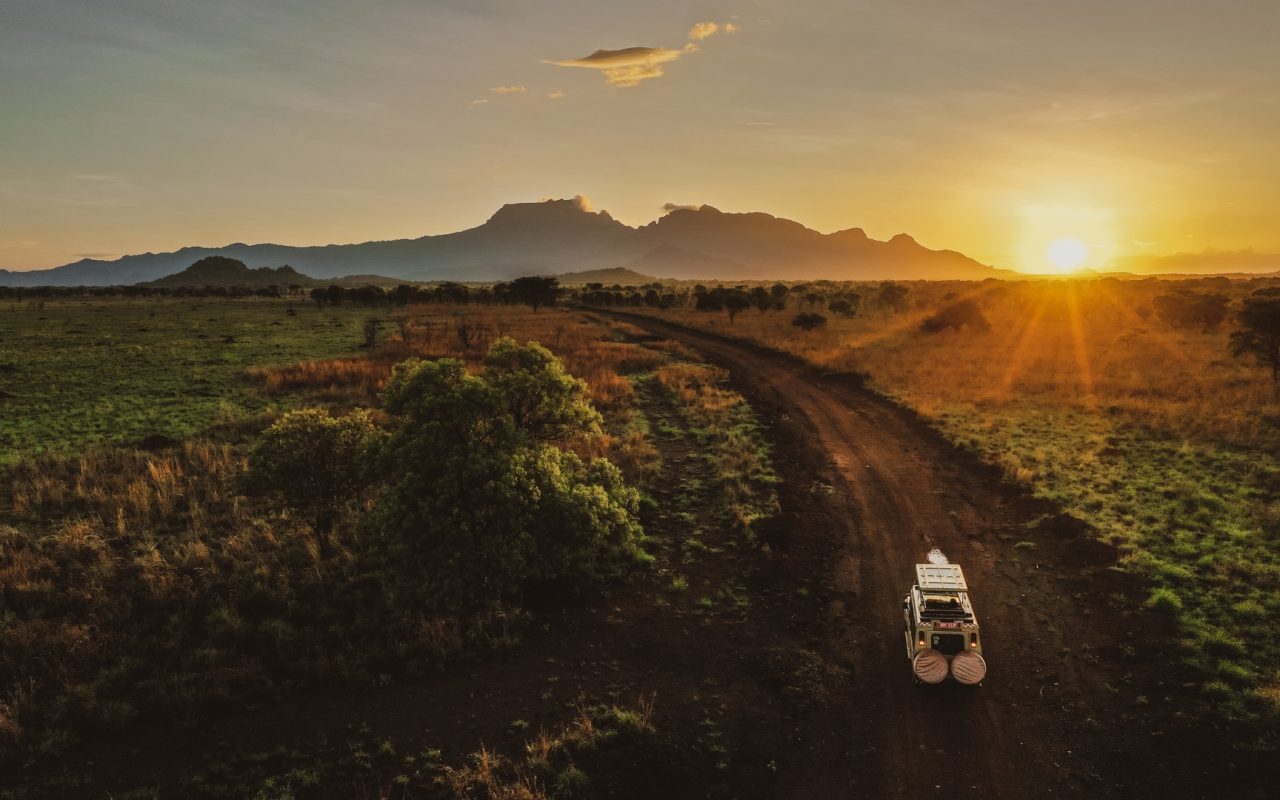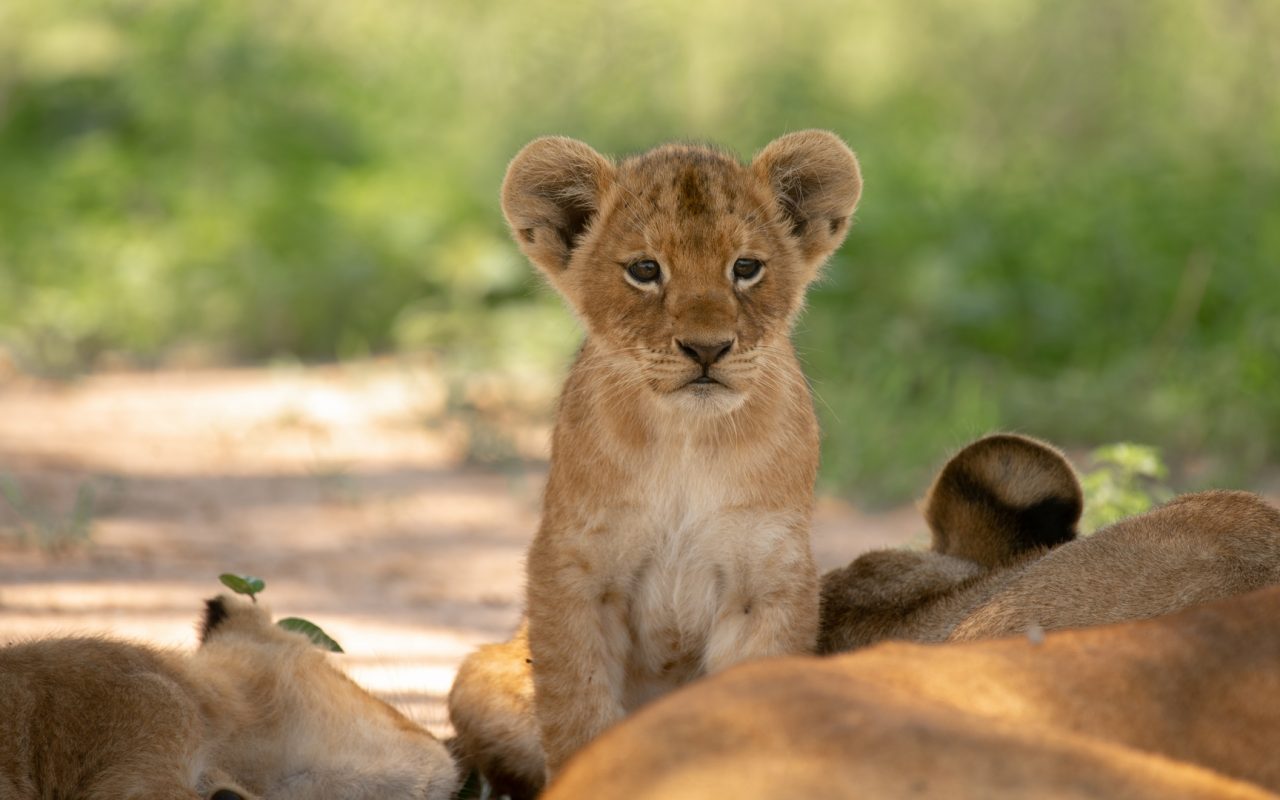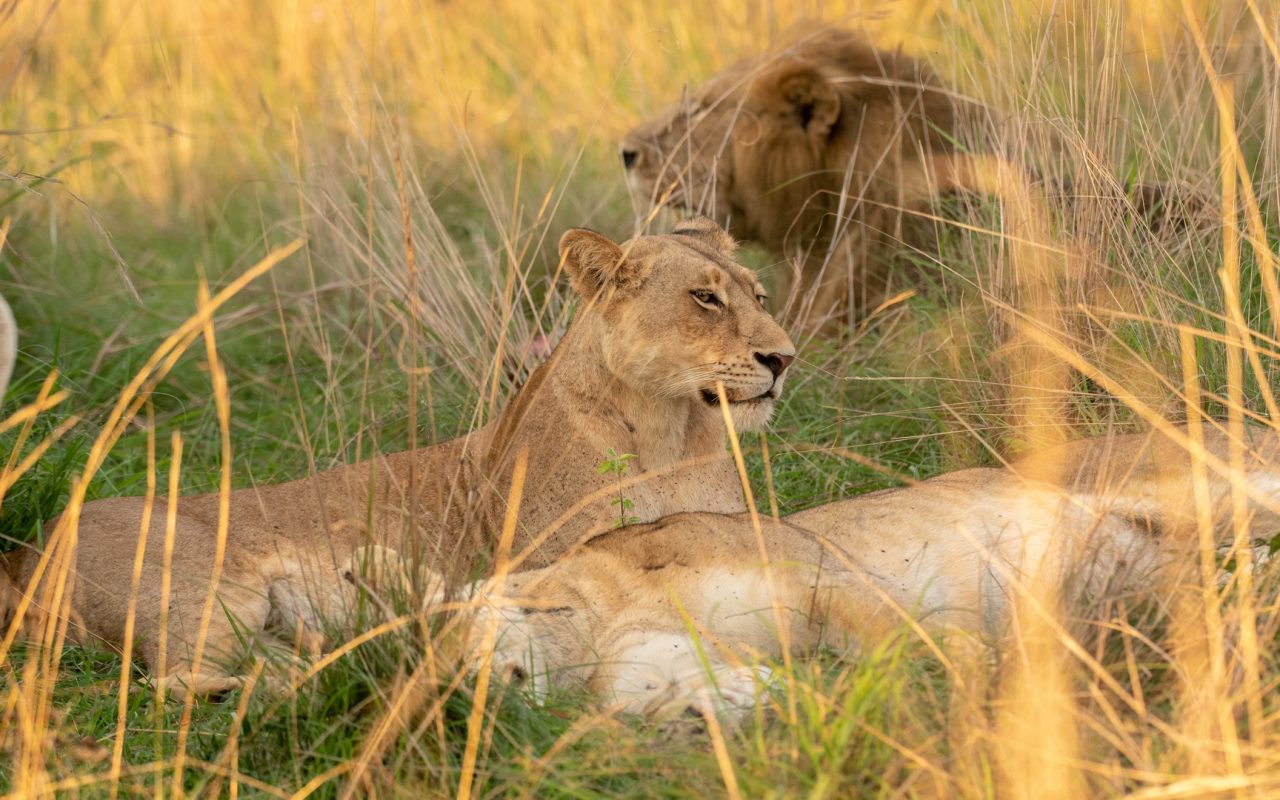Samburu National Reserve – All You Need To Know Before You Go (with Photos and Videos)
All You Need To Know about Samburu National Reserve Before You Go for a Kenya Safari with Photos and exclusive Kenya Safari Videos. The Samburu National Reserve is a protected area in northern Kenya, situated on the banks of the Ewaso Ng’iro River. It is part of the larger Samburu-Land and is adjacent to the Buffalo Springs National Reserve. The reserve is named after the Samburu people, who are indigenous to the region.
Samburu National Reserve is part of the larger ecosystem that includes Buffalo Springs National Reserve and Shaba National Reserve. Together, they form a protected area known for its distinct ecological characteristics and wildlife. Visitors to Samburu can enjoy a safari experience while also appreciating the cultural richness of the region.
Samburu is a haven for birdwatchers, with over 450 bird species recorded in the area. The Ewaso Ng’iro River attracts numerous bird species, including kingfishers, vultures, and eagles.
Wildlife Adventure in Samburu National Reserve
Embarking on a wildlife adventure in Samburu National Reserve can be a thrilling and memorable experience. By combining these elements, you can create a well-rounded wildlife adventure in Samburu National Reserve, ensuring a rich experience of both the natural and cultural aspects of this unique Kenya safari destination.
The reserve is known for its diverse and unique wildlife. Visitors can find a variety of species not commonly found in other parts of Kenya, such as the reticulated giraffe, Grevy’s zebra, Somali ostrich, and Beisa oryx. Additionally, the reserve is home to the traditional African big game, including lions, elephants, and leopards.
Bird Watching in Samburu National Reserve
Bird watching in Samburu National Reserve is a rewarding experience due to the diverse range of bird species that inhabit the area. The reserve’s varied habitats, including the Ewaso Ng’iro River and its surroundings, offer excellent opportunities for bird enthusiasts.
With its rich avian diversity, Samburu National Reserve provides a fantastic setting for bird watching. Whether you’re a seasoned birder or a beginner, the reserve’s unique species and beautiful landscapes are sure to make your birding experience memorable.
- Prime Bird Watching Locations
- Key Bird Species
- Best Times for Bird Watching
- Guided Bird Walks
- Bird Hides and Viewing Platforms
- Bring Binoculars and Field Guide
- Packing Essentials
- Patience and Silence
- Record Your Observations
- Respect Wildlife and Habitat
Landscape and Geography of Samburu National Reserve
Samburu National Reserve is located in the northern part of Kenya, within the Samburu-Land region. The reserve is situated on the southern bank of the Ewaso Ng’iro River, which is a key water source for the region.
Samburu National Reserve’s diverse landscape, from riverine forests to open savannah, contributes to its reputation as a unique and captivating safari destination. The contrasting features of the terrain make it an ideal habitat for a wide range of wildlife species, creating a rich and varied Kenya safari experience.
The Ewaso Ng’iro River runs through the reserve, creating a lush and green riverine ecosystem. Along the riverbanks, you can find dense vegetation, including acacia trees and other plants that thrive in the riverine environment.
The reserve is characterized by acacia woodlands, which are adapted to the arid conditions of northern Kenya. These woodlands provide habitat for a variety of wildlife, including elephants, giraffes, and numerous bird species.
The landscape includes vast savannah and grassland areas, which are home to a diverse array of herbivores and predators. These open plains are where you can often spot animals such as zebras, gazelles, and big cats.
The reserve features hills and mountains that contribute to the diverse topography. These elevated areas can offer panoramic views of the surrounding landscape and are often used by predators as vantage points for hunting.
Cultural Experience in Samburu National Reserve
Samburu National Reserve offers a unique cultural experience as it is not only a wildlife sanctuary but also home to the Samburu people, who are indigenous to the region. Visitors have the opportunity to engage in cultural interactions and gain insights into the traditional lifestyle, customs, and ceremonies of the Samburu people.
The cultural experience in Samburu National Reserve adds a unique and enriching dimension to the typical safari adventure, allowing visitors to appreciate not only the stunning wildlife and landscapes but also the rich cultural heritage of the Samburu people.
The Samburu people are semi-nomadic pastoralists who have inhabited the region for generations. They have a distinct language, dress, and social structure that sets them apart from other Kenyan ethnic groups.
Many lodges and camps in and around the reserve offer guided cultural tours led by knowledgeable Samburu guides. These tours often include visits to local villages, where visitors can interact with the community and learn about their traditional way of life.
Cultural performances featuring traditional dances and music are often organized for visitors. These performances provide a lively and colorful showcase of Samburu traditions, with participants adorned in vibrant attire and jewelry.
Notable Safari Activities in Samburu National Reserve
Samburu National Reserve offers a variety of safari activities that cater to wildlife enthusiasts, nature lovers, and those seeking a unique adventure. When planning your safari in Samburu National Reserve, consider a combination of these activities to make the most of your experience, balancing wildlife encounters with cultural immersion and adventure.
- Game Drives
- Bird Watching
- Cultural Tours
- Nature Walks
- Photography Safaris
- Hot Air Balloon Safaris
- Sundowner Excursions
- Bush Dinners and Breakfasts
- Visit to Bridle Path Gorge
- Tracking Wildlife on Foot
How to Get to Samburu National Reserve?
Samburu National Reserve is located in northern Kenya, and getting there typically involves a combination of flights and road travel. The nearest major town to Samburu is Isiolo. Always check for the most up-to-date travel information and consult with your travel agent or accommodation provider for assistance in arranging transportation to Samburu National Reserve.
General Guide on How to Get to Samburu National Reserve
By Air
Fly to Nairobi: Start by booking a flight to Jomo Kenyatta International Airport (NBO) in Nairobi, the capital city of Kenya. Nairobi is well-connected to major international airports.
Connect to Isiolo: From Nairobi, you can take a domestic flight to Isiolo Airport (also known as Wabera Airstrip). Several local airlines operate flights between Nairobi and Isiolo.
Road Transfer to Samburu: Upon arriving in Isiolo, you will need to arrange for a road transfer to Samburu National Reserve. This journey typically takes about 3 to 4 hours, depending on road conditions.
By Road
Drive from Nairobi: If you prefer an overland journey, you can drive from Nairobi to Samburu. The road trip takes approximately 5 to 6 hours, covering a distance of around 350 kilometers (220 miles). The road conditions may vary, so it’s advisable to check the current state of the roads.
Best Time to Visit Samburu National Reserve
The best time to visit Samburu National Reserve depends on your preferences for wildlife viewing, weather, and the overall safari experience. The reserve experiences distinct seasons, each offering unique advantages.
Ultimately, the best time to visit Samburu National Reserve depends on your personal preferences and interests. Whether you choose the dry season for optimal wildlife viewing or the rainy season for a greener landscape and birdwatching, Samburu offers a memorable safari experience throughout the year.
Dry Season (Late June to October):
- Weather: This period is characterized by dry and relatively cooler weather.
- Wildlife Viewing: The dry season is the best time for wildlife viewing as animals congregate around water sources, making them easier to spot. This is also the time when vegetation is less dense, enhancing visibility.
- Photography: The clear skies and good lighting conditions make it an excellent time for photography.
- Popular Tourist Season: It’s the peak tourist season, so accommodations may be in high demand.
Short Rains (November to December):
- Weather: Short rains may occur during this time, bringing some precipitation. However, it is not as wet as the long rainy season.
- Wildlife Viewing: Wildlife is still abundant, and the landscape becomes greener. Migratory birds start arriving.
- Fewer Tourists: This period falls between the peak seasons, and there are fewer tourists compared to the dry season.
Long Rains (March to May):
- Weather: This is the long rainy season, characterized by heavy rainfall.
- Wildlife Viewing: The reserve becomes lush and green, and many animals give birth during this time. However, wildlife may be more dispersed, and some areas may be inaccessible due to muddy roads.
- Bird Watching: Migratory birds are present, making it an excellent time for birdwatching.
- Fewest Tourists: This is the low tourist season, and accommodations may offer discounts.
Shoulder Seasons (January to early March, and November):
- Weather: These months are transitional periods between the dry and rainy seasons.
- Wildlife Viewing: Wildlife is still abundant, and the landscape is a mix of greenery and remaining dry conditions.
- Fewer Tourists: Accommodations may offer lower rates, and there are fewer tourists compared to the dry season.
A List of Safari Lodges and Camps in Samburu National Reserve
Samburu National Reserve is home to various safari lodges and camps that offer a range of accommodation options for visitors. Keep in mind that new lodges may have opened, and existing ones may have undergone changes since then.
When planning a visit, it’s advisable to check the latest reviews, availability, and any updates directly from the lodges’ official websites or contact them for the most accurate and current information. Additionally, tour operators and travel agencies can provide guidance on suitable accommodations based on your preferences and budget.
List of Some Well-Known Lodges and Camps In and Around Samburu National Reserve
- Saruni Samburu
- Samburu Intrepids Luxury Tented Camp
- Elephant Bedroom Camp
- Sasaab Lodge
- Ashnil Samburu Camp
- Sarova Shaba Game Lodge
- Joy’s Camp
- Barefoot Luxury Camp
- Samburu Simba Lodge
- Sentrim Samburu Lodge
Luxury Africa Tours & Holidays – Deks Safaris and Tours Ltd
- 6 Days Uganda Kenya Tour
- 7 Days Rwanda Uganda Tour
- 8 Days Kenya Uganda Luxury Safari
- 8 Days Kenya Uganda Tour
- 9 Days Kenya Uganda Safari
- 10 Days Kenya Uganda Safari
- 10 Days Uganda Kenya Tanzania Safari
- 10 Days Rwanda Kenya Tanzania Safari
- 11 Days Kenya Uganda Rwanda Safari
- 11 Days Kenya Uganda Safari
- 11 Days Uganda Kenya Zanzibar Safari
- 11 Days Rwanda Kenya Safari
- 12 Day Kenya Uganda Rwanda Safari
- 13 Days Uganda Kenya Tanzania Safari
- 14 Days Across Africa Safari
- 14 Days Rwanda Tanzania Safari
- 15 Days Kenya Rwanda Tour
- 16 Days Kenya Uganda Safari

